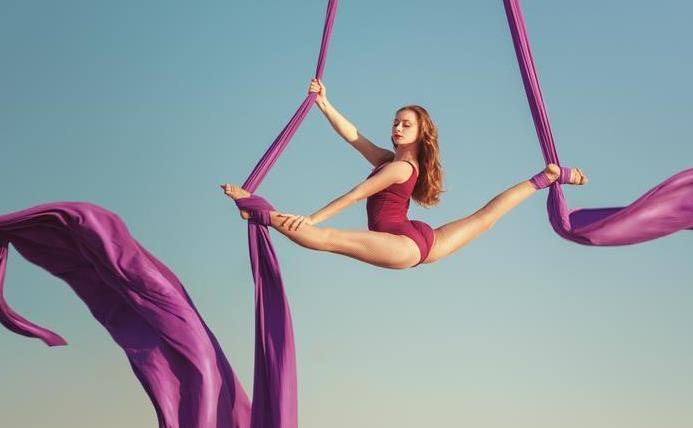As pandemic volatility flares up again, approaches to lockdowns and income support remain inconsistent and unpredictable, making it more and more difficult for the arts to plan with any certainty.
And yet if we look at COVID-19 transmission sites across the world, turns out arts venues are among the safest places to be.
In Europe, a Berlin Institute of Technology study found a much lower risk of transmission in museums and theatres than in restaurants, offices, public transport, or indeed supermarkets – where masked shopping was found to be twice as risky as visiting a museum.
In Australia, there have been no cases of COVID transmission at a Live Performance Australia member venue, and a recently declared case exposing the National Gallery of Australia was found to be a false positive.
Fingers crossed it stays that way! Is it just chance – has the arts sector just been lucky?
When we consider that arts organisations work to risk management frameworks whose sophistication would make the average high-vis-industry leader blush, it’s really not surprising.
Creative industry leadership
Our audiences tend to think of arts environments as being quite relaxed, quite laissez-faire. In reality, they’re among the most tightly risk-managed spaces that the general public will ever access.
In climate-controlled galleries, we know exactly where to go and where not to go, what to touch and what not to touch. We modify our behaviour without a second thought, leaving a respectful distance from other visitors so we can each experience an artwork in our own little private space.
In theatres, we queue sensibly and show our tickets. We find our seats and we stay in our seats, all facing forward, until it’s time to go.
None of this behaviour modification is accidental; it’s all by design.
Unless you’re a construction worker, you’re unlikely ever to visit a more controlled space than an arts venue.
Getting people safely in and out of a place? In the arts, we’ve got this.
Arts audiences are used to entering highly controlled environments to experience the wholly unexpected. To make this happen, creative risk management experts – many of them, artists themselves – have made it possible for artists to take the most adventurous risks.
In what other line of work would you be writing a risk assessment for setting a massive object alight in a gallery? Or exhibiting work that would rapidly decay under normal conditions? Or suspending multiple performers many metres in the air – and then swinging them perilously in thrilling configurations?
Producers get it done
Risk management in the arts isn’t about saying no to bold ideas, or reducing them to a bland mediocrity. It’s about finding or indeed designing the very best way to explore an idea while keeping artists and audiences safe.
Governments are learning a great deal about the arts through the pandemic – whether it’s about the ways artists earn their living, so that they can redesign income support measures, or about arts and cultural contributions to local economies, so that they can redesign industry support measures.
There’s a great deal for governments to learn right now about creative risk management – not only so that the arts industry can open sooner or stay open, but also, so that those lessons can be applied across major production challenges. Such as the vaccine rollout.
Creative producers are Australia’s most accomplished project managers. They’re highly adept at juggling multiple inputs to realise impossible scenarios within very limited budgets. Leave it to a creative producer, and we’d soon have the nation fully vaccinated – within plenty of time to pack our backs for Meredith Music Festival.
By taking a creative approach, we can make sure that our cities and towns recover with the confidence to take new risks across all sectors of the economy. Let’s learn from the experts in managing risk in style.
Artists do it better
Governments are also learning from artists leading the way in education. The untimely end of Witness Performance – closed as a result of COVID-19’s pressures – hasn’t just shut down ‘some of the most important voices in Australian theatre.’ The site also houses ‘a complete online course on the history of Australian theatre,’ they wrote in their farewell announcement, ‘a subject which is no longer taught in our tertiary institutions.’
Cutbacks and closures at art schools all over Australia have been caused by the decimation of the university sector that the Federal Government has chosen not to support through the pandemic, despite their growing value and demand. We need critical, creative thinking now more than ever if we’re to create a stronger future together.
This week the Australian Government is seeking our thoughts on what kinds of professional development and career support artists and artsworkers need, and who is best placed to provide it – contribute to the survey here by Wednesday 30 June. Let’s give the Office for the Arts plenty of arguments for supporting peak and service organisations to offer excellent training and professional development, to boost the Australia Council’s funding so that valuable programs return and new ones invented, and to advocate across government portfolios to their colleagues in education to make sure we’re investing ambitiously as a nation in the people who create our future.





